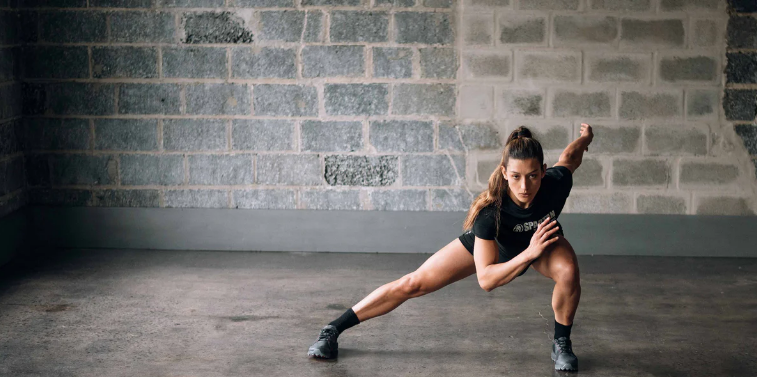Incorporating functional movement training into your routine is one of the best ways to enhance your overall fitness and improve performance in daily activities. Functional fitness focuses on movements that mimic real-life tasks, engaging multiple muscle groups to build strength, coordination, balance, and mobility. This training style is highly adaptable and can be integrated into any workout program, no matter your fitness level.
What is Functional Fitness?
Functional fitness revolves around exercises that prepare you for the physical demands of daily life. Unlike traditional exercises that isolate specific muscles (like bicep curls or leg extensions), functional movements engage multiple muscles and joints simultaneously. These exercises mimic real-world activities like lifting, bending, reaching, and carrying, helping you move more efficiently.
Some key benefits of functional fitness include:
Improved mobility and flexibility: Functional exercises improve your range of motion, making everyday tasks like bending, twisting, or reaching easier.
Better balance and stability: Training your body to move more fluidly can prevent falls and injuries.
Enhanced core strength: A strong core supports your body in nearly every movement, reducing the risk of injury and improving posture.
What Might Be Missing from Your Current Routine?
Even if you already exercise regularly, there are likely elements missing from your routine that could make it more functional. Here’s what to add for better overall performance:
Balance Training: Many people overlook balance training, but it’s crucial for maintaining stability during activities like walking, standing, or carrying objects. Exercises like single-leg Romanian deadlifts and balance board work can improve coordination and proprioception (your body’s sense of movement and position).
Core Stability: While crunches may target your abs, functional core training involves deep stabilizing muscles that support your spine and posture. Exercises like planks, Pallof presses, and bird-dogs are great for improving overall core stability.
Mobility and Flexibility: Stretching and mobility work, such as dynamic stretches and foam rolling, are often neglected but are vital for maintaining a full range of motion and preventing injury. Incorporating mobility drills can help you move more efficiently during daily tasks.
Functional Exercises to Add to Your Routine
Here are some functional exercises you can incorporate into your workout to target multiple muscle groups and enhance your overall fitness:
Turkish Get-Up
Why it’s functional: This full-body movement builds coordination, core stability, and body awareness.
How to perform: Start lying down, hold a kettlebell overhead, and stand up while keeping it raised.
Sets/Reps: 3 sets of 3-5 reps per side
Farmer’s Carry
Why it’s functional: Mimics carrying heavy loads, improving grip, posture, and core strength.
How to perform: Walk while holding heavy weights in each hand, keeping your shoulders back and core engaged.
Sets/Reps: 3 sets of 40-60 meters
Step-Up with Knee Drive
Why it’s functional: Simulates stepping onto an elevated surface, improving balance and lower-body strength.
How to perform: Step onto a bench or box, drive the opposite knee up, then step back down.
Sets/Reps: 3 sets of 12 reps per side
Pallof Press
Why it’s functional: This anti-rotation exercise strengthens your core, helping with activities that require stability, such as carrying heavy objects.
How to perform: Stand perpendicular to a cable machine, hold the handle in front of your chest, and press it outward while resisting rotation.
Sets/Reps: 3 sets of 10-12 reps per side
Single-Leg Romanian Deadlift (RDL)
Why it’s functional: Improves single-leg stability and simulates movements like picking up objects from the ground.
How to perform: Balance on one leg, hinge at the hips, and reach towards the floor with your opposite hand while keeping your back flat.
Sets/Reps: 3 sets of 8-10 reps per leg
Bear Crawl
Why it’s functional: Crawling improves coordination, core strength, and total body endurance.
How to perform: Start on all fours, lift your knees slightly off the ground, and crawl forward while maintaining a flat back.
Sets/Reps: 3 sets of 20-30 meters
Kettlebell Swing
Why it’s functional: Develops explosive hip power and endurance, which are key for lifting and carrying heavy objects.
How to perform: Swing a kettlebell between your legs, then snap your hips forward to bring the kettlebell up to chest height.
Sets/Reps: 3-4 sets of 12-15 reps
Beginner-Friendly Functional Movements
If you're new to functional fitness, start with basic exercises that build foundational strength and mobility:
Bodyweight Squats: Develop lower body strength and improve hip mobility.
Sets/Reps: 3 sets of 10-15 reps
Wall Push-Ups: An easier variation of the push-up that builds upper body strength.
Sets/Reps: 3 sets of 8-12 reps
Glute Bridge: Strengthens the glutes and lower back while enhancing hip mobility.
Sets/Reps: 3 sets of 10-15 reps
Plank: Builds core stability and strength, essential for most movements.
Sets/Reps: 3 sets of 20-30 seconds
By integrating these exercises into your workout routine, you’ll build a more functional, resilient body that is better prepared for everyday tasks. Whether you're an athlete or just looking to move more efficiently throughout your day, functional training can help you achieve better balance, strength, and mobility, leading to long-term fitness and well-being.
Ready to upgrade your workout with functional training? Start incorporating these movements into your routine today and experience the benefits of moving better, feeling stronger, and staying injury-free!


